Common potoo (Nyctibius griseus) is so well camouflaged that even though you know what to look for you will easily miss it. As a visitor you’ll need help from the locals, as their daily routines interact with its way of life, and the observant locals will at one time or another see it.
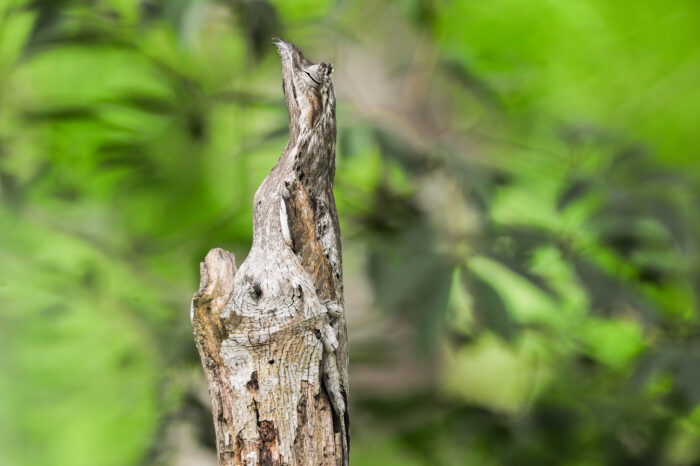
In this case it was Vincente, the resident gardener/driver/mechanic/biologist/waiter/carpenter/guide. I was told it was an owl, and when Vincente told me to look at a tall stump I was lost, as where he seemed to point there was nothing, and I expected a clumpy (and large) owl. When my gaze finally reached the top of the stub I realized it was a potoo. Nesting!!
Vincente said this stump first was used for roosting, and after several months he noticed it was sitting on an egg.
An amazing bird visually, but the sounds are quite unusual as well, and the closest most people get to the bird.
Update 27 Jan 2021:
It’s very difficult to identify long-tailed and common potoo by plumage alone, as there is so much variation. The only certain characteristic is on the long-tailed potoo where the distance between the tip of the closed wing and the tip of the tail is considerably longer than is the case for this individual – seen in image added below:
Thus this is a common potoo, not a long-tailed potoo.
However, there is one additional characteristic seen in the long-tailed potoo. The ends of the feathers on its upperparts (wing scapulars, greater coverts and tertials) are raised, or curled upwards, like withered leaves.
Find out more in A new identification feature for Longtailed Potoo Nyctibius aethereus, by Lee Dingain
It sounds like this:
Last updated on 8 November 2024


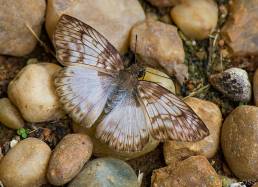
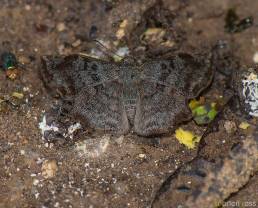

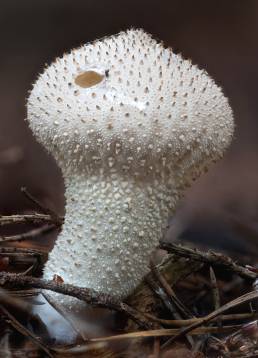
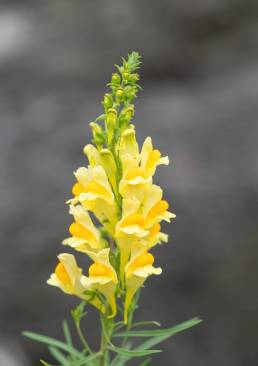
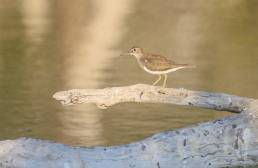
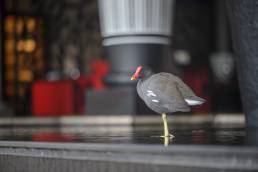


[…] ross.no […]
[…] ross.no […]
[…] source […]
[…] Morten Ross […]